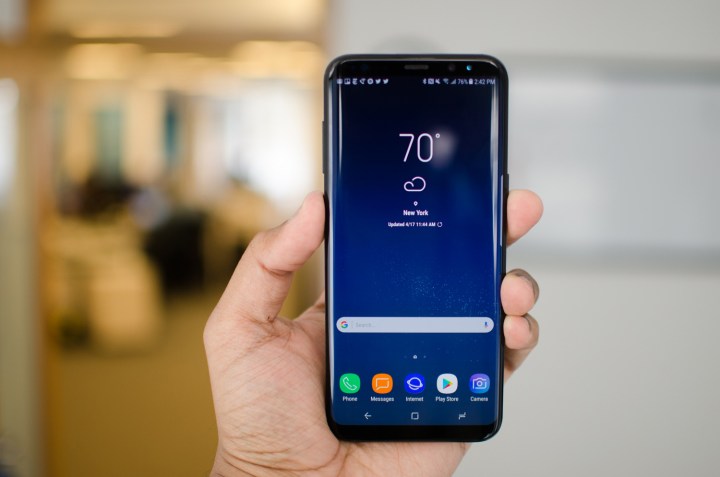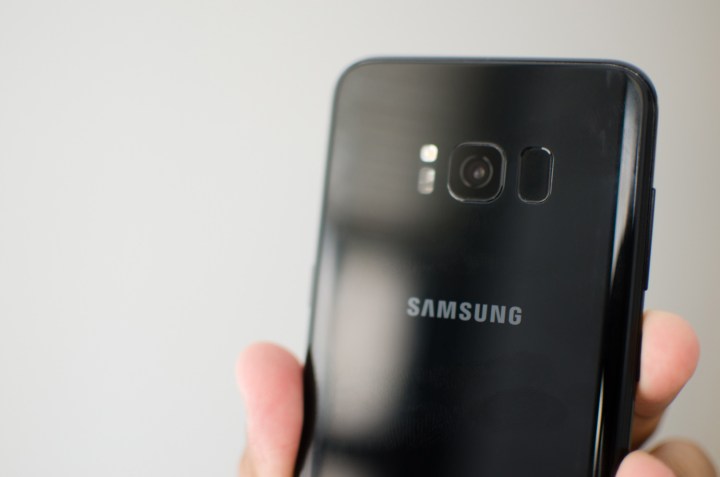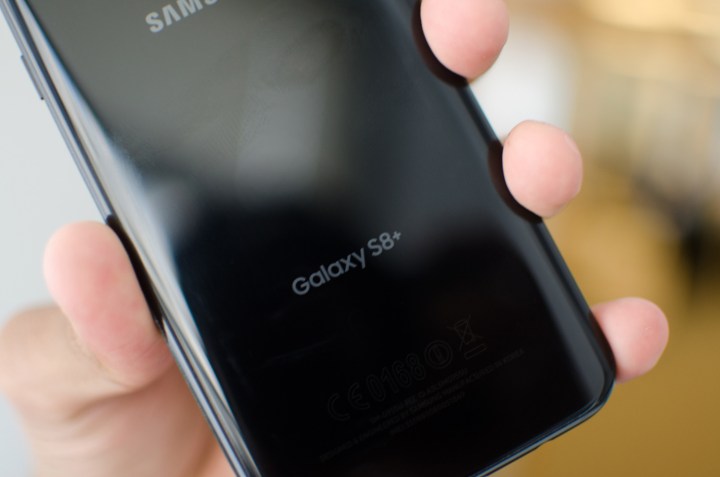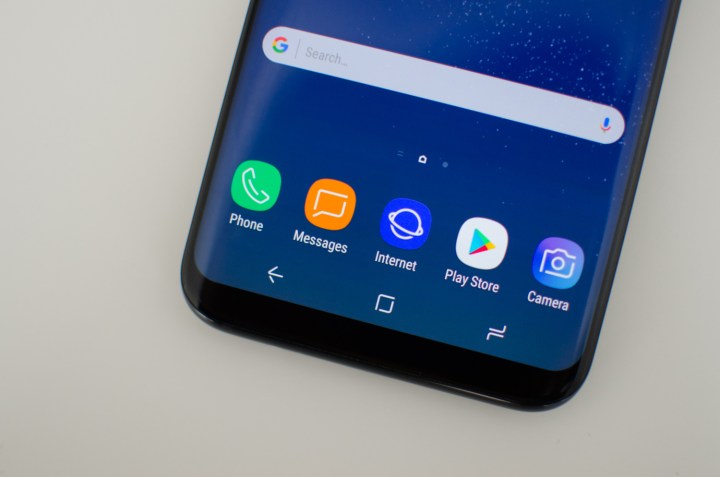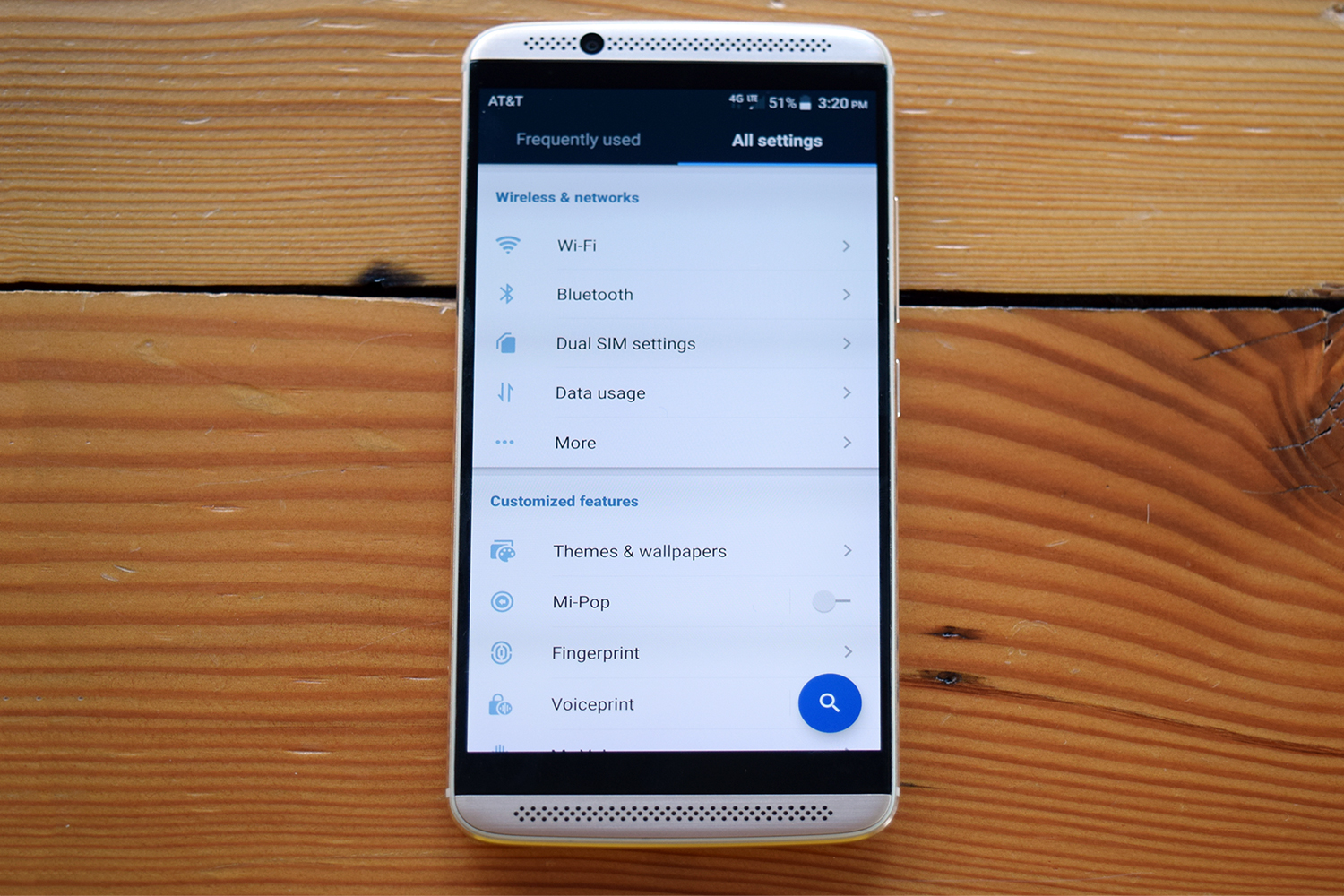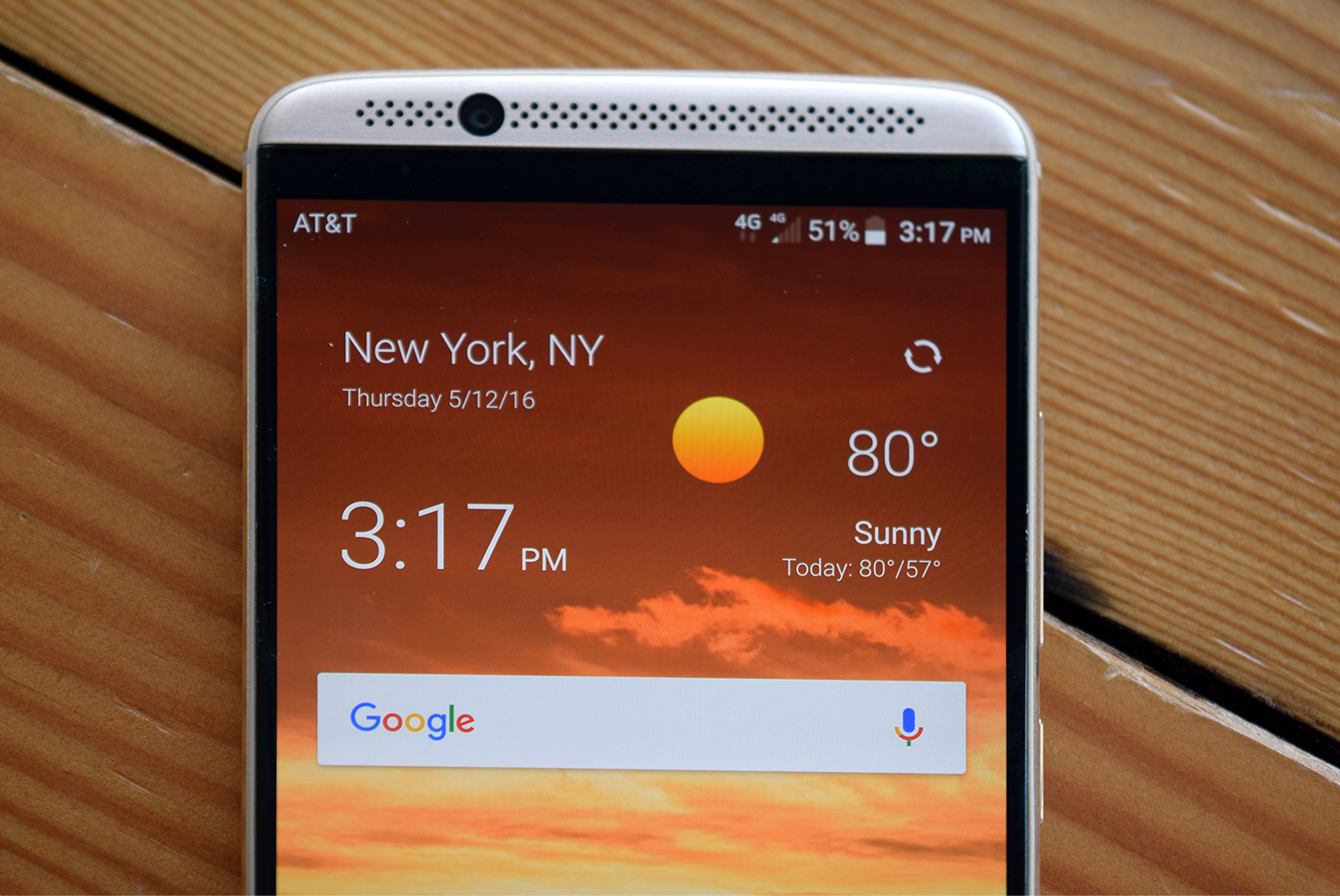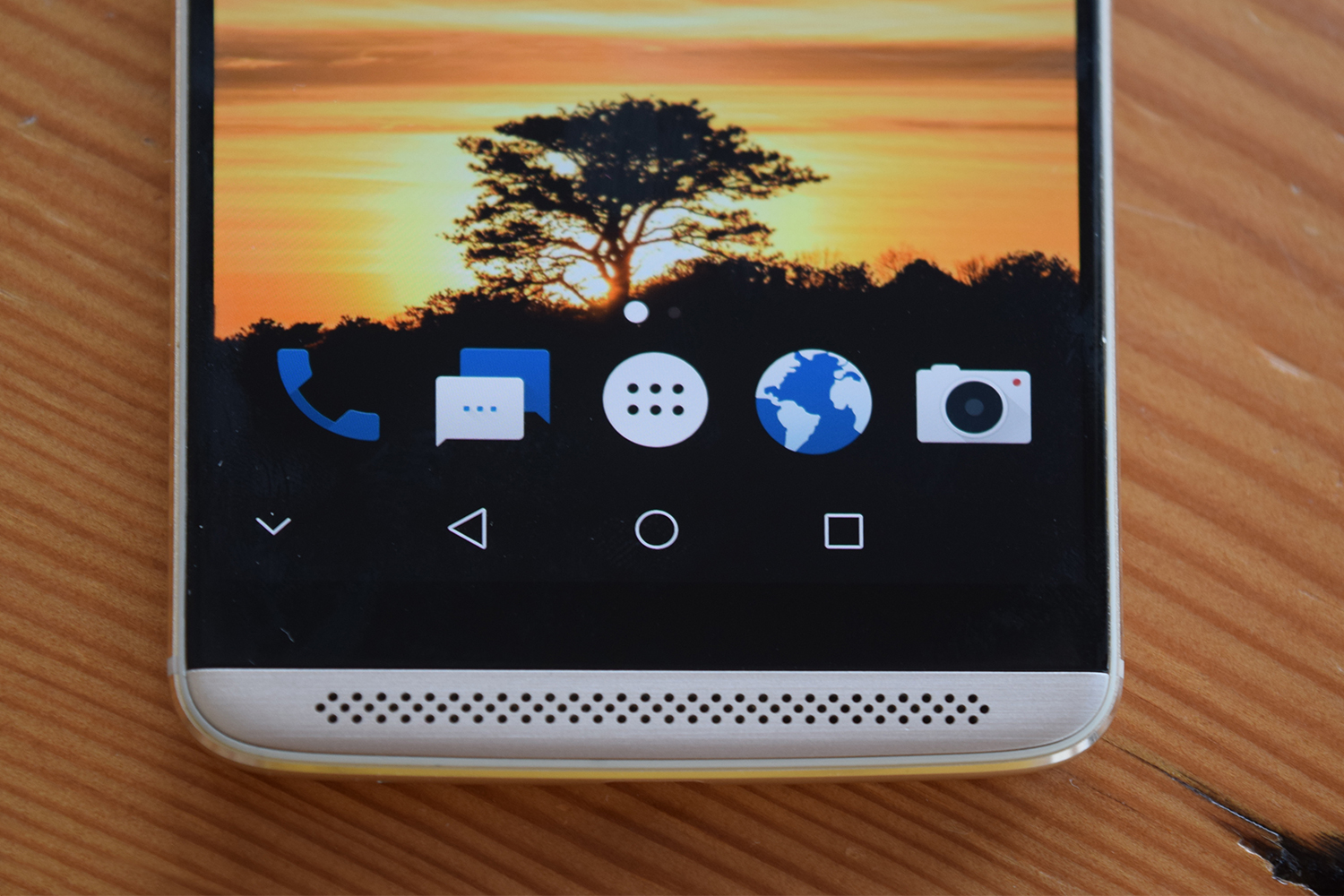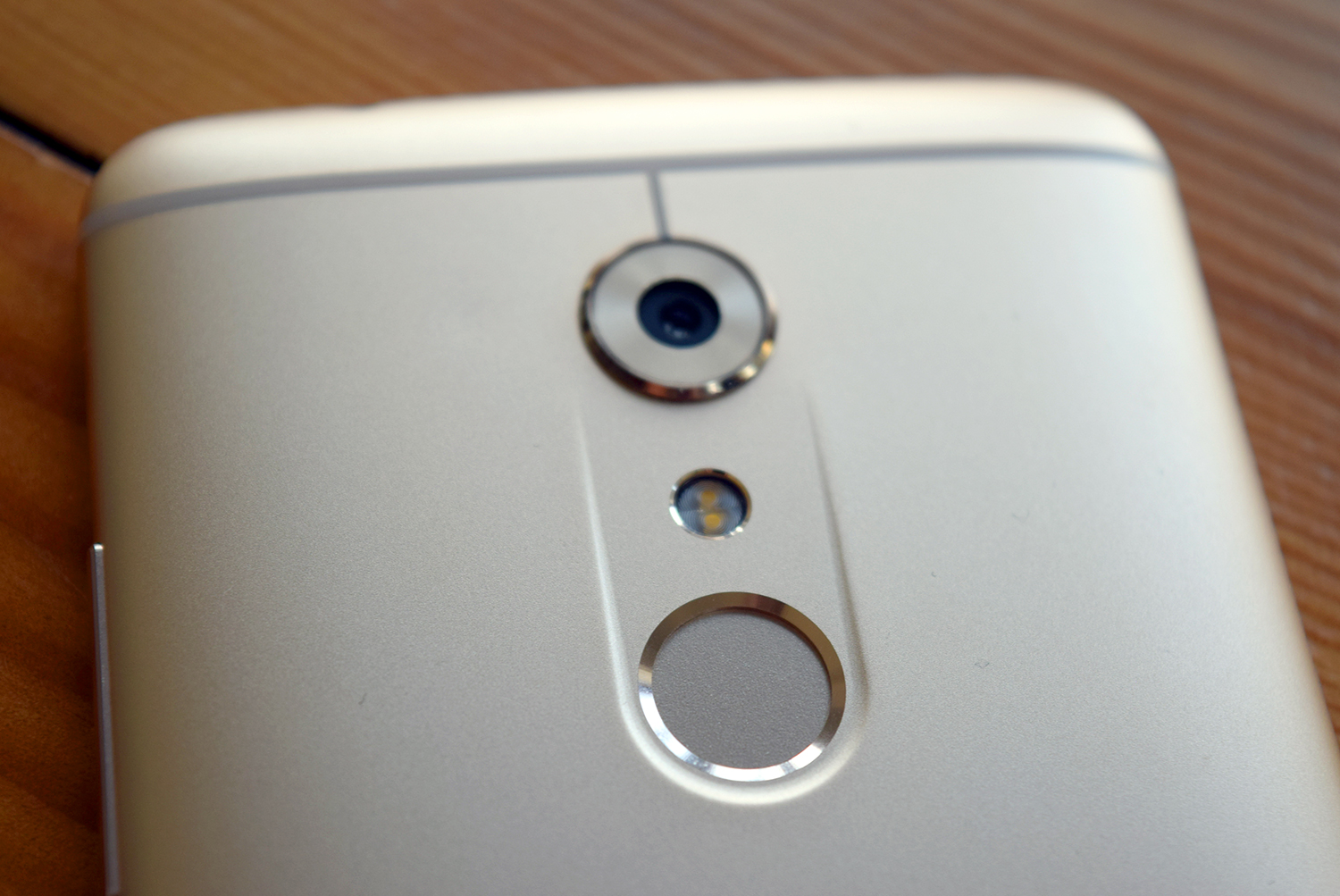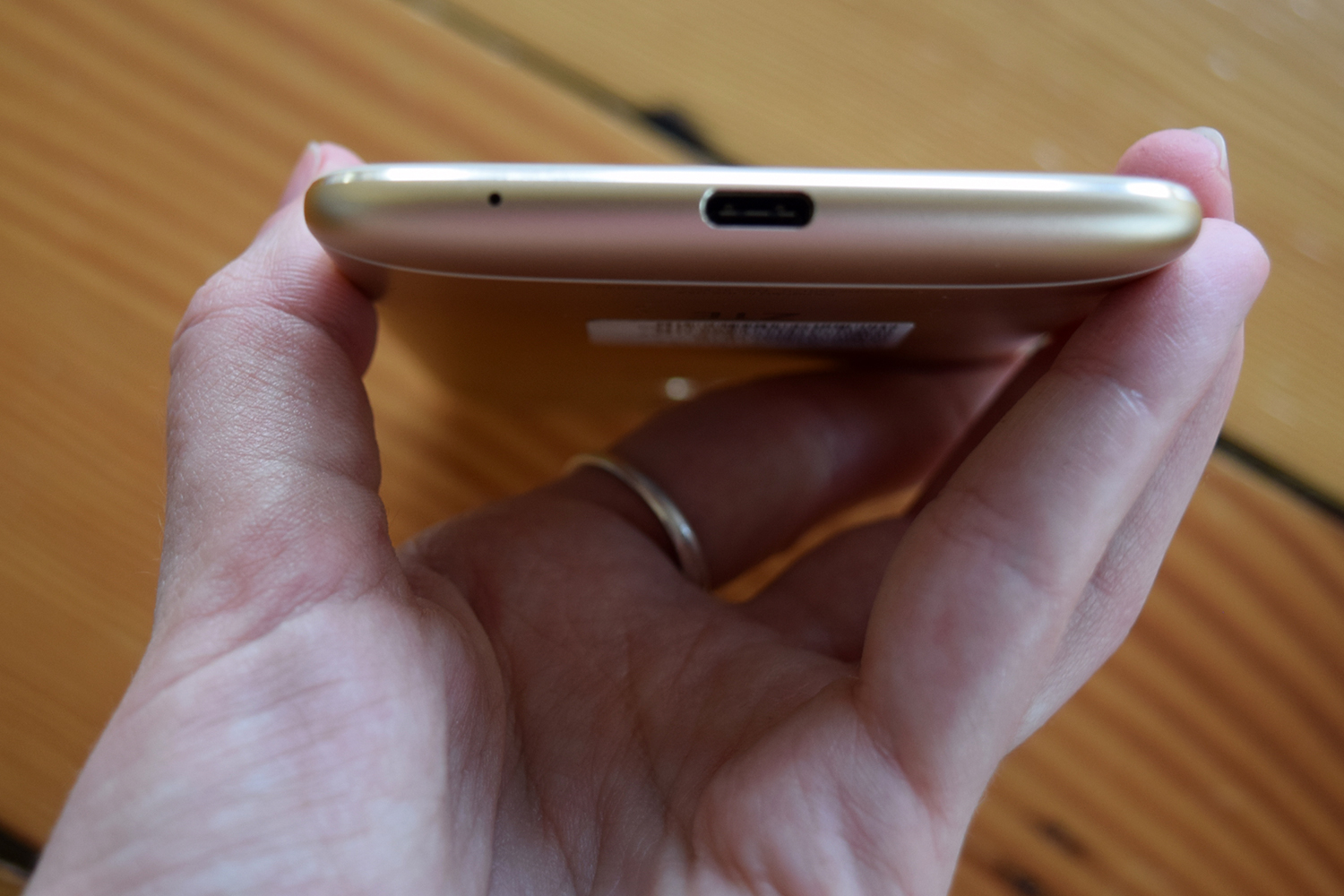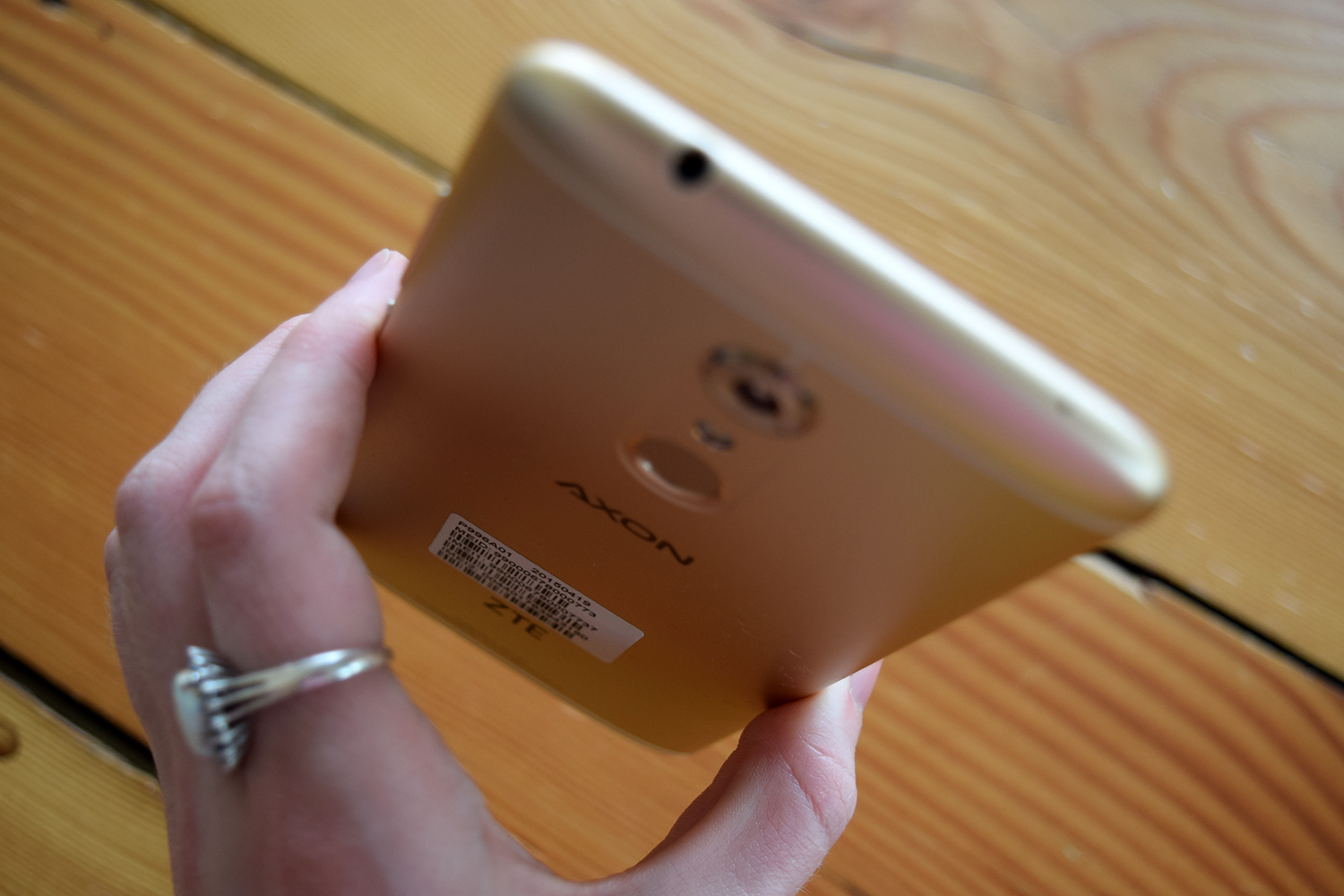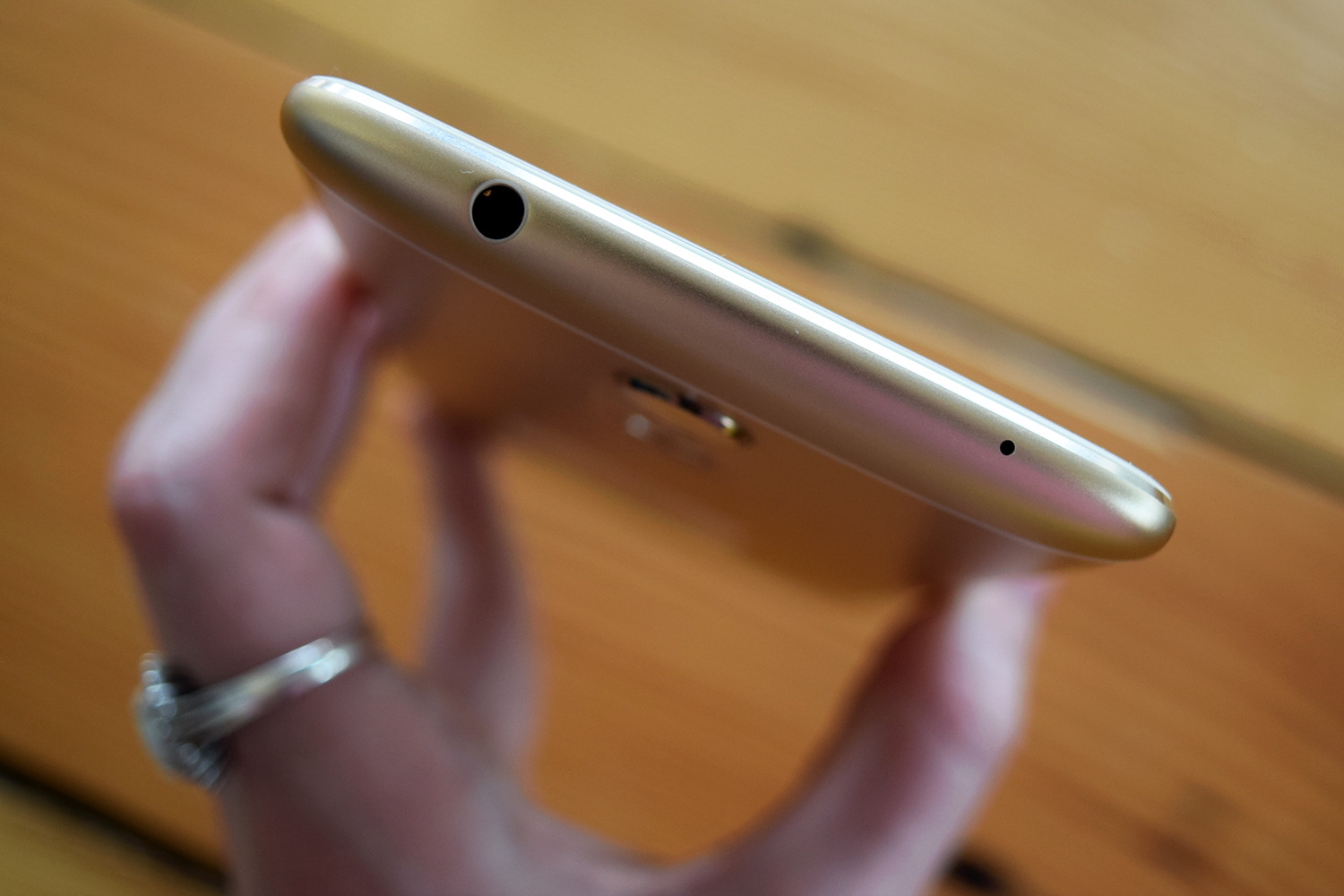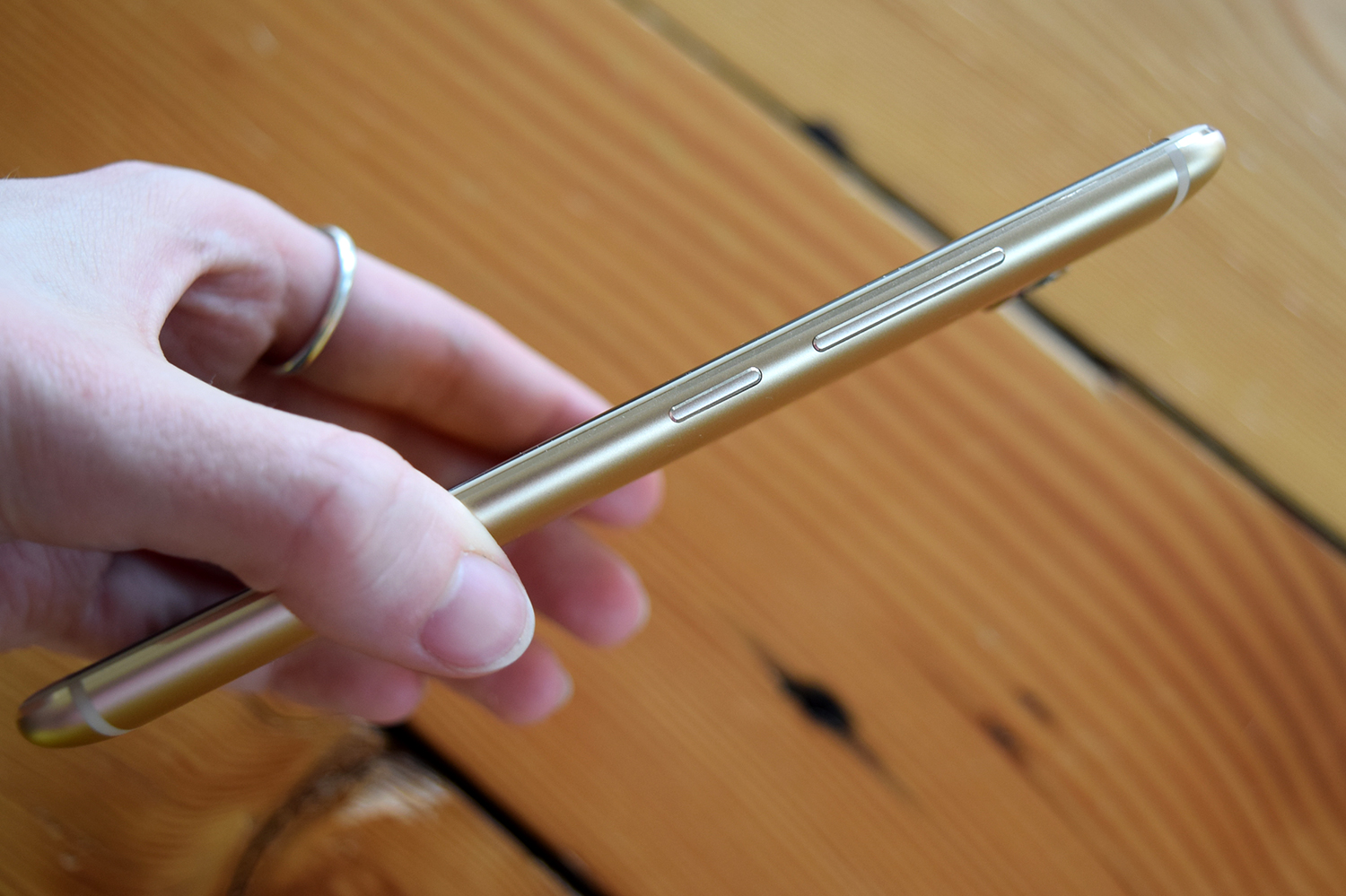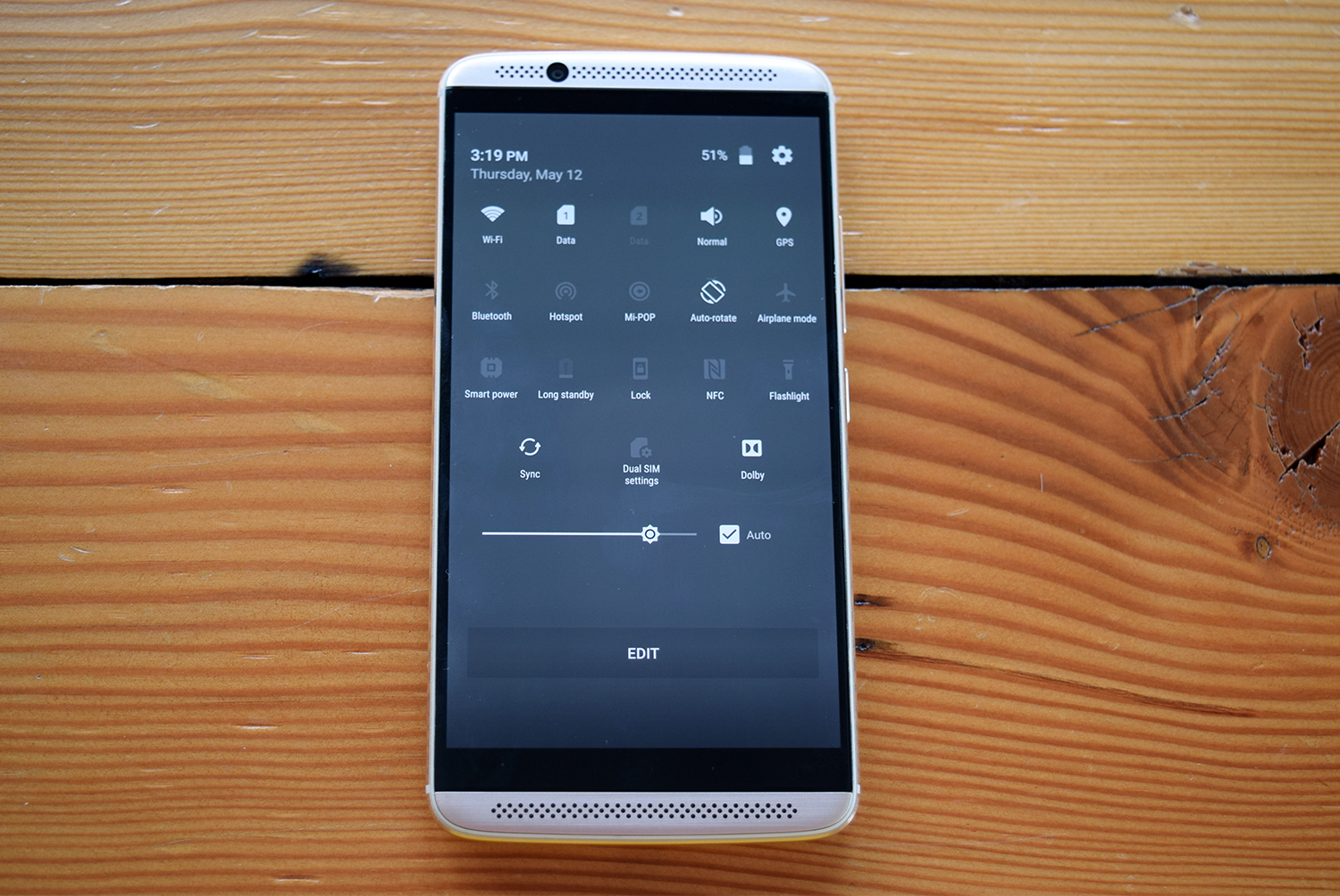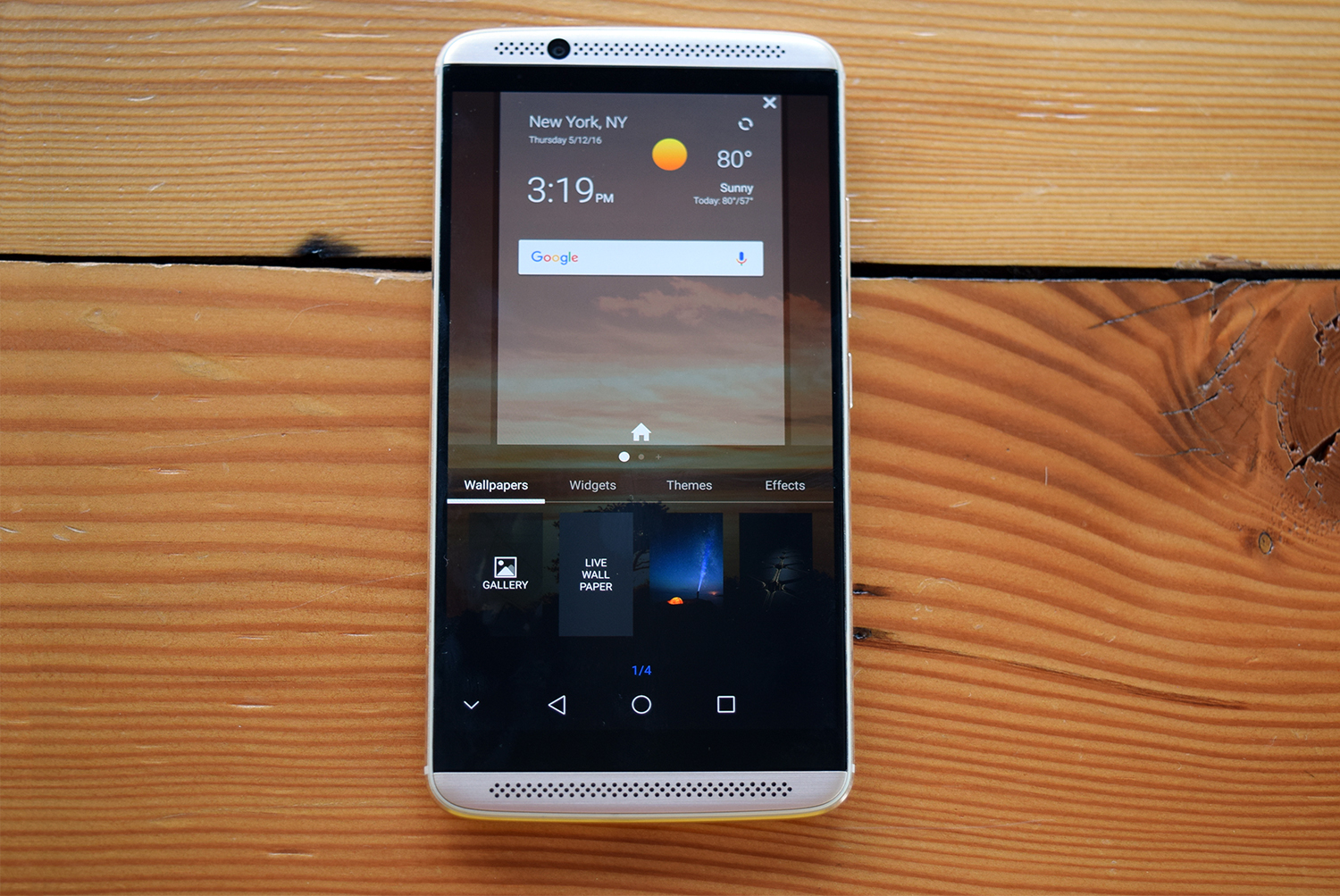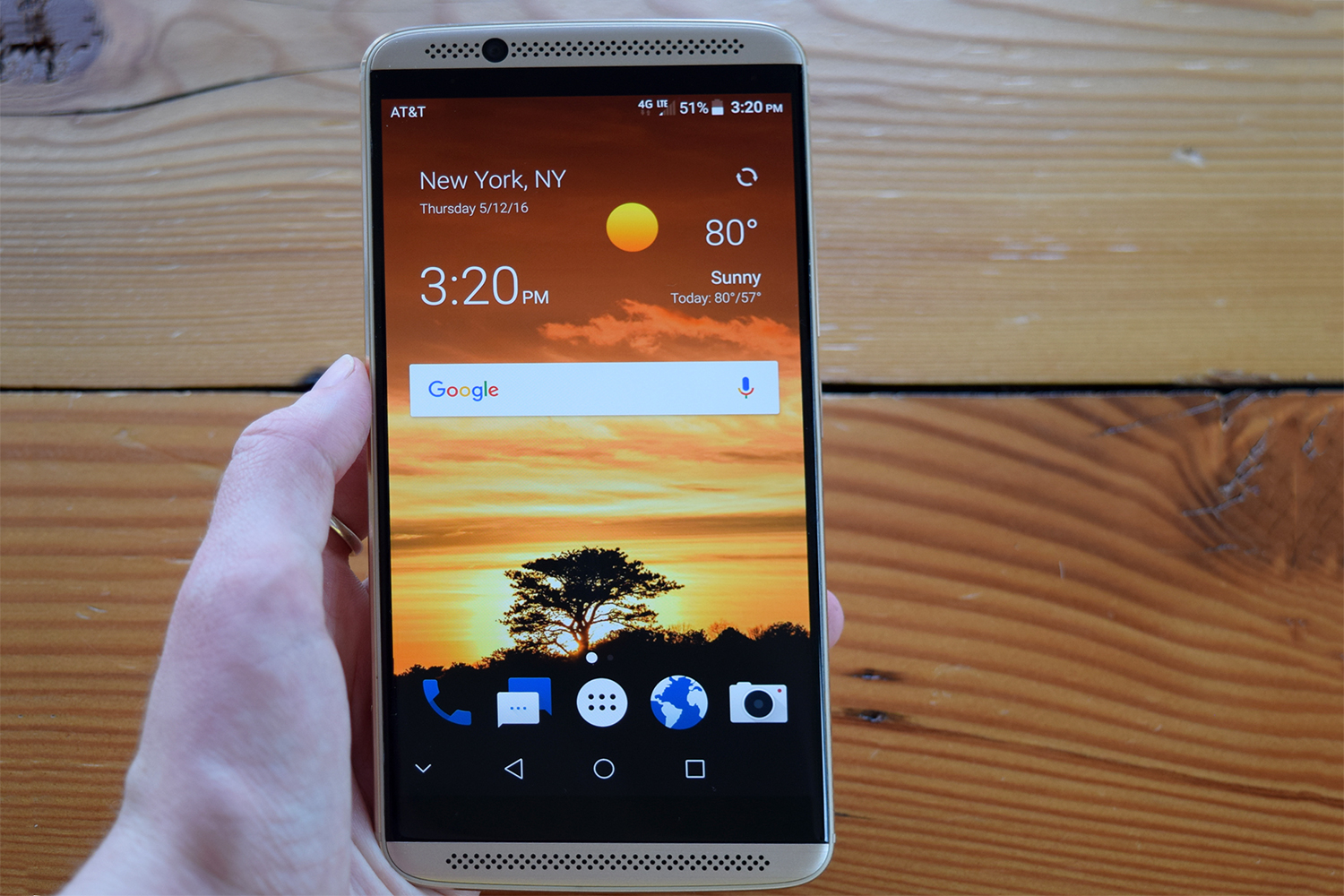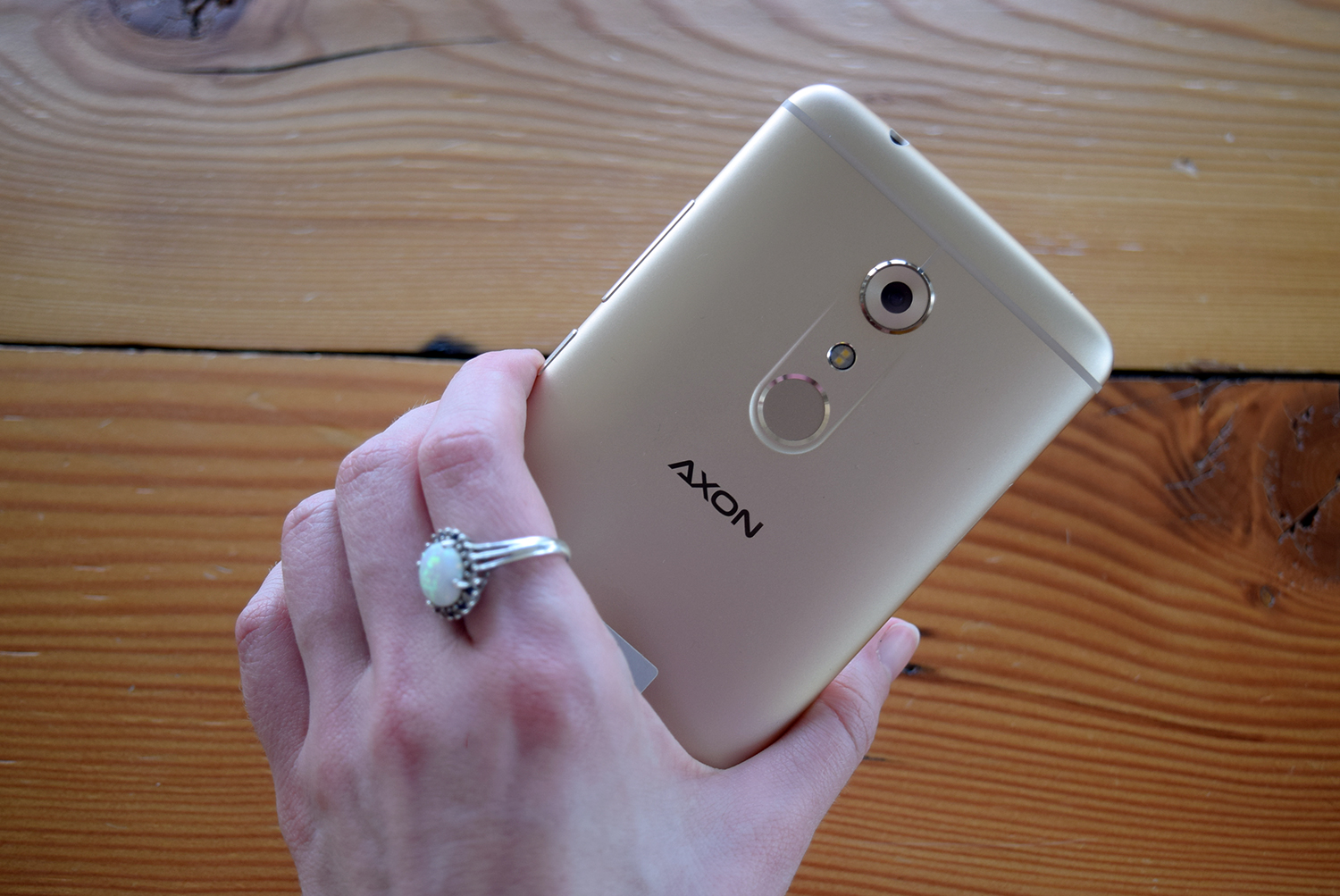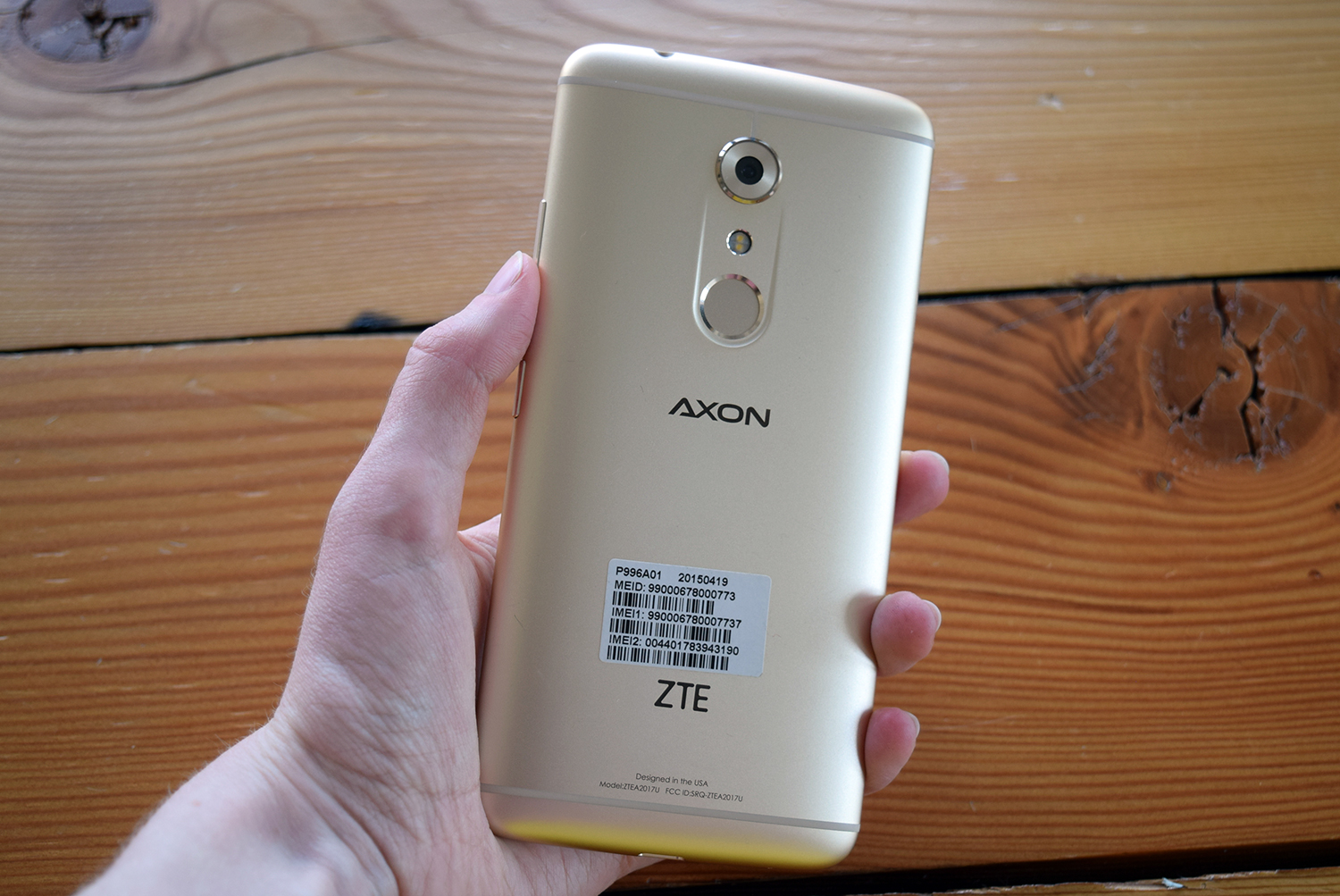Daydream, Google’s high-quality virtual reality platform for Android, is here — and so is the search giant’s headset, Daydream View.
The platform is Google’s strongest attempt yet at muscling into a market that competitors like Facebook’s Oculus, HTC’s Vive, and others have already begun to corner. And more broadly speaking, it’s a show of confidence in a burgeoning medium that some say has the potential to upend entire industries.
Wondering what’s up with Daydream? Not to worry. We’ve rounded up all the pertinent details and fresh-off-the-press news for your perusal. Bookmark our handy guide to Google’s VR and never wonder again about which phones and headsets support it, or which apps are debuting on it.
Daydream 2.0 Euphrates

At Google I/O 2017, the search giant announced a new category of Daydream devices: Stand-alone VR headsets. They run Daydream 2.0 Euphrates, the upcoming version of Google’s Daydream platform.
Stand-alone Daydream headsets are entirely self-contained, Google said, thanks to new WorldSense positional tracking, which uses two wide-angle cameras to track all objects within the environment to build a virtual “blueprint.” The company partnered with Qualcomm on hardware that doesn’t require any external sensors.
That’s not the only major change coming with Daydream 2.0 Euphrates. It includes a new VR window manager that supports non-touchscreen devices — the operating system interface is accessible in VR. There’s a new cascading list of content consisting of media, app, games, and more in horizontal tiles. And a new dashboard will allow users to send their experience to Chromecast, take screenshots, and capture video.

“These devices build on what’s already great about smartphone-based VR, and make the experience even easier and more comfortable with WorldSense,” Google explained.
A new rendering technique — named Project Seurot, after the French pointillist painter — aims to bring desktop-grade graphics to Daydream 2.0 headsets. It’s able to compress a scene with 50 million polygons to 72,000 with little-to-no loss in quality, but it’s optional — Daydream developers who don’t build it into their apps and games won’t see a benefit.
The new headsets are fully compatible with Daydream’s other new component: Visual Positioning Service (VPS). Using the depth-sensing IR Tango sensors on phones like the Lenovo Phab 2 Pro, Google-built software can map indoor locations so that devices can understand their position in real time.
Daydream View
The Daydream View is Google’s virtual reality headset, in which Daydream-ready phones can sit to provide a VR experience. The first Daydream-ready phone was the Google Pixel, but others have followed suit.
The whole Daydream setup is similar to Samsung’s Gear VR system, only Google’s Daydream View headset is not locked to specific phones from a specific manufacturer. Users simply open the front flap and insert their compatible Android phone. That makes the headset extremely inexpensive when compared to the PC-based Oculus Rift and HTC Vive, as the smartphone provides all of the hardware necessary for an engulfing VR experience.
Not only that, but users can now replace the Daydream View’s facepad, or the part of the headset that rests against your face. That’s helpful for those that use the headset a lot, and means you can do away with your old and dirty facepads without having to replace the entire headset. The facepad costs $15, and can be bought from the Google Store.
The design of the Daydream View is built around one thing — comfort. And, it’s the byproduct of a collaboration between Google and a number of clothing manufacturers. The end result is a product featuring soft fabrics and a 30 percent lower weight than competing products on the market. This should be great on the phone as well, preventing possible scratches on the screen.

On top of that, customers can also wear the headset over their glasses. There are also no wires getting in the way, as the headset connects to the compatible Android phone wirelessly. Three color variations are available: Slate, Snow, and Crimson.
In addition to the headset, there’s also the Daydream View controller. It is small, sporting rounded edges and only two buttons. The peripheral includes motion sensors so that users can interact with the virtual environment, such as draw, shoot aliens, and so on. This controller can be stored in the headset itself when not in use thanks to a little snap-based compartment built into the headset’s flap.
The headset is available on the Google Store as well as specific retailers. In the U.S., it will cost $79 and will be available at Verizon and Best Buy. In Canada, the headset will cost $99 and will go on sale at Bell, Rogers, Telus, and Best Buy. In the U.K., you can grab a Daydream at EE and Carphone Warehouse for 69 pounds. In Germany, it costs 69 euros and is only available at Deutsche Telekom, and in Australia, it will set you back $119, but you can grab it at Telstra and JB Hi-Fi.
You can read our review of Daydream View here.
Third-party headsets
Details about just which headsets will support Daydream have been surprisingly hard to come by, but leaks and press releases have sprouted here and there. You can, of course, get Google’s Daydream View headset, but third-parties will make some, too.
Companies like HTC and LG will sell their own headsets — bundled, of course, with Daydream’s proprietary remote — individually. They don’t necessarily conform to a standard, but Bavor said there are a number of elements that need to be “just right” when creating a handset, including optics, materials, and overall comfort.
Here are the Daydream-compatible headsets that have been announced so far:
Qualcomm, HTC, and Lenovo

HTC is making a Daydream-compatible, stand-alone version of its high-end Vive virtual reality headset. That’s according to the company, which announced the news at Google’s I/O developer conference in May.
Unfortunately, HTC didn’t volunteer the specs — or the pricing. We’ll have to wait until later this year to learn more.
Lenovo and Qualcomm, which helped Google with Project Tango, announced stand-alone VR hardware at I/O, too. But unfortunately, details on their handsets were just as hard to come by.
ZTE VR
ZTE is the second hardware partner to debut an ostensibly Daydream-ready headset, but it, unlike Zeiss’s One Plus, has apparently received Google’s blessing. It’s called the ZTE VR, and it looks a lot like Samsung’s Gear VR. It sports a bevy of buttons, including a power switch, a volume rocker, and a touch-sensitive trackpad. But there’s more to it than meets the eye. Inside, the ZTE VR is packing a nine-axis gyroscope with a latency as low as 16.7 milliseconds, plus a five-piece optic set, focus wheel, and USB Type-C connector.
The ZTE VR launched in China earlier this year, but ZTE’s committed to bringing the handset to additional markets closer to Daydream’s debut.
Daydream phones
Not all Android phones are compatible with the Daydream platform. Rather, said Google’s Clay Bavor at the company’s developer conference in May 2016, they have to undergo individual certification. Only devices with hardware that meets a very specific, Google-determined criteria are eligible to support Daydream officially.
The company made those requirements public in the latest Compatibility Definition Document for Android, the document which specifies the minimum hardware specifications for the most recent version of Android. In order to achieve Daydream certification, devices must include a 1080p screen (“strongly recommended” to be higher) measuring between 4.7 inches and 6 inches diagonally. They must support a refresh rate of at least 60 Hz and a “low-persistence” mode. And they must have at least two physical cores, one of which must be assigned exclusively to the VR app.
Huawei’s Nexus 6P is a good example. The 6P, one of the first smartphones said to qualify for Daydream, sports a 5.7-inch AMOLED display with a 2560 × 1440 pixel resolution, a 12.3-megapixel camera on the back, an 8-megapixel camera on the front, Qualcomm’s Snapdragon 810 processor clocked at 2GHz, 3GB of LPDDR4 memory, and storage ranging from 32GB to 128GB. It’s a safe bet that future Daydream phones will have to meet, if not exceed, the combined processing power of that silicon.
Google has sifted Daydream-compatible smartphones into one of two categories: Daydream-ready and Daydream-compatible. The former includes forthcoming smartphones that pack the necessary “new sensors” and “low persistence displays” required. The latter comprises handsets that may be slated to receive full or partial Daydream support in the future despite their hardware shortcomings.
In July 2017, Google CEO Sundar Pichai confirmed that a total of 11 smartphone handsets featuring Daydream support will be available to consumers by the end of the year.
Here’s a list of smartphones that have either been confirmed or rumored as Daydream-compatible:
Samsung Galaxy S8 and S8 Plus
Samsung’s newest flagship, the Galaxy S8 and S8 Plus, will gain support for Daydream via software update in “summer 2017.”
The Galaxy S8 is a beast of a smartphone, boasting a curved edge-to-edge screen with a Quad HD+ resolution (2960 x 1440 pixels) and Qualcomm’s bleeding-edge Snapdragon 835 processor. It’s waterproof in up to 5 meters of water for 30 minutes at a time, and packs a capable 12-megapixel shooter with optical image stabilization and support for high dynamic range (HDR). Other highlights include Bluetooth 5, the latest standard; a USB-C port; an iris scanner and facial detection software; and a dedicated button that launches Samsung’s Bixby assistant.
The principle — and only — difference between the S8 and S8 Plus is size. The S8 has a 6.2-inch screen — a hair larger than the Galaxy S8’s 5.8 inches.
The Galaxy S8 is available for purchase through online retailers for $750. It began shipping in April.
LG 2017 flagship phone
At Google’s I/O developer conference in May, LG announced that one of its future smartphones would support Daydream. Unfortunately, it didn’t say which.
It could be the V30. Rumor has it LG’s next flagship phone will boast an OLED screen, a secondary “ticker” display, and Qualcomm’s Snapdragon 835 — the same processor in the Galaxy S8 and S8 Plus. High-quality audio, a series signature, seems likely, as does 6GB of RAM.
But it’s all speculation for now. We’re expecting to learn more this fall, when LG’s expected to take the wraps off the V30.
Lenovo Moto Z and Z Force
Lenovo’s Moto Z and Moto Z Force are among of the company’s most impressive flagships in recent years. They have great hardware (more on that in a bit) but are far more notable for their mods, or third-party magnetic add-ons that extend their functionality. There are battery packs from Kate Spade and Icipio, a JBL SoundBooster speaker, an Instashare projector, and dozens upon dozens more.
In terms of specifications, neither the Moto Z nor Moto Z Force skimps. Both pack 5.5-inch panels with the same Quad HD resolution of 2560 x 1440 pixels, and sport Qualcomm’s Snapdragon 820 processor paired with 4GB of RAM. The Moto Z Force packs a slightly larger battery (3,500mAh) than the Moto Z (2,600mAh), but both have Lenovo’s TurboPower technology via USB Type-C connections — a feature which nets eight hours of power in 15 minutes of charging. Rounding the specs out are a 5-megapixel wide-angle selfie cameras, fingerprint sensors, and Shatterproof technology that protects the screens from knocks and drops.
The Moto Z and Moto Z Force start at $624 and $720, respectively, and are available unlocked from a variety of online retailers. Thanks to an over-the-air software update to Android 7.0 Nougat that will begin rolling out in the coming weeks, both are fully compatible with Daydream View.
ZTE Axon 7
ZTE’s Axon 7 is the first smartphone to support Daydream officially, and it’s a beast of a smartphone besides. The company’s new flagship sports a 5.5-inch Quad HD (2560 x 1440 pixels) AMOLED panel, an all-metal curved finish, and a 21-megapixel rear-facing Samsung camera sensor with electronic and optical image stabilization. Internally, it’s packing Qualcomm’s blazingly fast Snapdragon 820 processor paired with either 4GB of RAM or 6GB, depending on the storage configuration — the former ships on the model with 64GB of internal storage, and the latter on the 128GB variant — and 3,140mAh battery. Other goodies of note include a dedicated audio chipset and stereo speakers with Dolby Atmos tweaks, twin noise-canceling microphones, a MicroSD card slot, and a USB Type-C connector.
The Axon 7 is available for purchase through online retailers Amazon, Best Buy, B&H, and Newegg for $400 — it began shipping in July. It’ll receive Daydream support via an over-the-air software update to Android 7.0 Nougat starting early next year.
Asus Zenfone 3 Deluxe

Asus’s Zenfone 3 Deluxe isn’t just one of the first phones to support the Daydream platform. It’s the very first to pack Qualcomm’s bleeding-edge Snapdragon 821 processor, silicon that the chipmaker said is 10 percent more powerful than the Snapdragon 820 that proceeded it. It’s with an equally ludicrous 6GB of RAM, a gigantic 5.7-inch AMOLED touchscreen, 128GB of internal storage, and a 23-megapixel sensor with laser autofocus and optical image stabilization. Other hardware standouts include support for Hi-Fi audio, a fingerprint sensor, a USB Type-C connector, and a 3,000mAh battery.
The Deluxe lays claim to another world first: Asus said it’s the first handset to sport a “full metal unibody chassis with ‘invisible antenna’ design,” meaning it lacks the antenna lines seen on high-end devices from the likes of Apple, HTC, and others.
The Zenfone 3 Deluxe launched earlier this year in India, but the company’s been mum on international plans. It, like the ZTE Axon 7, will gain Daydream as part of a software upgrade to Android 7.0 Nougat this fall.
Google Pixel and Pixel XL
What good would Google’s new Pixel smartphones be if they didn’t support the company’s Android VR platform? The Pixel and Pixel XL are similar in specs — they’re powered by Qualcomm’s Snapdragon 821 processor and have 4GB of RAM. The only two differences are related to the size. The 5.5-inch Pixel XL has a Quad HD screen, making it the better choice for Daydream, but the 5-inch Pixel’s Full HD screen should still offer a solid experience. Both run Android 7.1 and have a dedicated 24/7 support team accessible from the Settings menu.
Just which smartphones qualify as “Daydream-ready” is a difficult proposition. Other than the aforementioned Nexus 6P, Google hasn’t specified which, if any, other handsets are due for a Daydream upgrade. That said, one can speculate.
The Daydream-compatible phones announced so far seem to share a few specifications in common: they all pack Qualcomm’s Snapdragon 820 or better, paired at a minimum with 4GB of RAM; all sport AMOLED screens; and all due to receive upgrades to Android 7.0 Nougat.
It has also been said that no “current” smartphones would receive retroactive Daydream-ready certification, but given the abundance of hardware that falls just short of meeting the platform’s minimum requirements — namely, Lenovo’s Moto Z and Moto Z Force and the OnePlus 3 — it’s not inconceivable that Google will end up bending the rules.
Daydream software
Google said the latest version of its Android mobile operating system, Android Nougat, is optimized for Daydream applications — which is to say that it’s fine-tuned for “performance” and “responsiveness.” Google said it targeted a latency of under 20 milliseconds and designed an intuitive user interface with notifications that lays “intuitively” atop VR apps and games.
Android Nougat also sports a Samsung Gear VR-like home screen, called Daydream Home, that provides access to a suite of specially designed apps. There’s a VR version of Google Play, plus Google’s Street View, Google Play Movies, and Google Photos. And more are on the way.
Chrome
If you’ve ever dreamed of surfing the web in virtual reality, you’re in luck: Google has officially released an updated version of Chrome for Android that supports a stable version of WebVR, which is a Javascript API that allows you to view VR content — i.e., 360-degree videos and 3D models — in your browser.
There are a number of things you’ll be able to access on Chrome with your Daydream headset — including tourist attractions on Matterport and various VR scenes on Sketchfab.
Third-party apps

Third-party support for Daydream will be robust as it is far-reaching and will only continue to grow, according to Google. At launch, several apps such as CNN VR, Mekorama VR, Hunters Gate, The Turning Forest, The Guardian VR, Fantastic Beasts, and Google Street View have been available.
Google has announced a “second wave” of Daydream apps, and they are mostly VR games. These include Gunjack: End of Shift, Need for Speed, Lego Brickheadz, Wands, Underworld Overlord, and Layers of Fear.
HBO Now is also available in the latest wave of Daydream apps, as well as Netflix, though you need subscriptions to access them. Other apps include that have been available since launch include:
Hulu VR, which offers Hulu’s entire library as well as two exclusive shows from HuffPo RYOT: The Big Picture: News in Virtual Reality, and a VR comedy show titled, Virtually Mike and Nora, with Nora Kirkpatrick and Mike O’Brien. The app is only available in the U.S.
Invasion is an “award-winning VR animation” that will also be available on Daydream. It’s narrated by Ethan Hawke. Star Chart VR lets you explore the solar system in a “real-time” space simulation; The Wall Street Journal VR and NYT VR offer virtual reality news content.
Games like Danger Goat, Wonderglade, and Home Run Derby are also currently available for the platform. You can explore a virtual world of Fantastic Beasts and Where to Find Them as well — it’s an exclusive interactive experience that lets you wave a wand to explore the latest universe from J.K. Rowling.
And that won’t be all — we’ll keep adding to this list as we learn more.
YouTube VR
The retooled YouTube app incorporates features such as voice search, discovery, and playlists. It includes YouTube’s entire library of content — traditional, non-VR content will be adapted on the fly for Daydream viewing. You’ll be able to watch everything from classic 16 x 9 videos to 360-degree footage to full immersive VR experiences in 3D.
What is Google Daydream?
Daydream, at its core, is a software platform for virtual reality — think of it as common ground for app developers and Google’s hardware partners. It’s the spiritual successor to Google’s debut VR effort, Google Cardboard, but far more holistic in scope — Cardboard supports both iOS and Android devices, primarily delivers low-resolution apps and videos, and is largely intended for use with an inexpensive plastic or cardboard headset. Daydream, by contrast, is targeting the enthusiast market.
Fundamentally, Daydream consists of three components: a headset, a controller, and software like apps and games.
The standardized remote control bares a passing resemblance to a Nintendo Wii remote, and that’s no accident — motion controls are the highlight here. It’s relatively simple hardware by all appearances: the Daydream remote sports a few buttons, a touchpad, and a basic motion sensor. But it’s immensely powerful in the virtual world, providing the primary means of navigation in menus. Moving about lists and carousels is accomplished with an intuitive combination of flicks, swipes, and taps, mechanics that extend to Daydream apps and games. At Google’s developer conference in May, the company demonstrated a “breakfast simulator” that tasked players with flipping virtual pancakes and casting a fishing rod.
Article originally published during Google I/O 2016. Christian de Looper, Kevin Parrish, and others have contributed to this post. Updated on 07-25-2017 by Brad Jones: Added comments from Google CEO Sunday Pichai pledging expanded Daydream handset support by the end of 2017.

